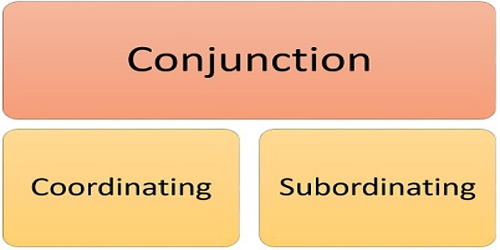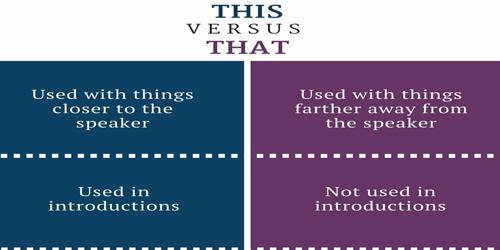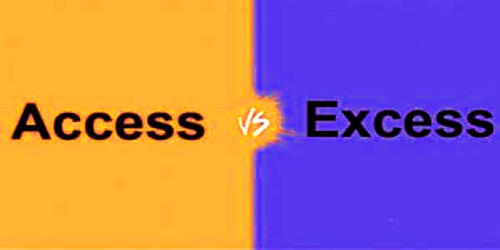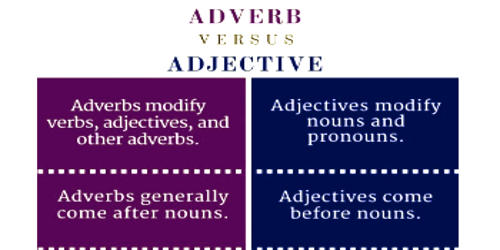The conjunctions used to join independent clauses in compound sentences are coordinating conjunctions. The most common coordinating conjunctions are: for, and, nor, but, or, yet, and so. In the English language, we use conjunctions to link two words, clauses, phrases, or sentences. These are used to add coherence in your piece of writing, by joining essential components within or between the sentences. There are various types of conjunctions such as coordinating conjunctions, correlative conjunctions, and subordinating conjunctions. Removing subordinating conjunction defeats the purpose for which it exists.
Coordinating conjunctions are linking words that link ideas of equal importance, function, or structure. Coordinating conjunction used to join clauses has only one function: it joins clauses of equal importance. Subordinating conjunctions are used to add a subordinate clause to an independent clause. In this article, we are going to discuss the difference between coordinating and subordinating conjunctions.
Comparison between Coordinating and Subordinating Conjunction
Coordinating Conjunction
- Coordinating Conjunctions links two or more words, clauses, phrases, or sentences of equal importance. It joins two words, clauses or sentences of the same grammatical relevance.
- Coordinating Conjunctions or Coordinators refers to the linking words that connect two or more nouns, verbs, adjectives, independent clauses, or sentences. It usually connects two units of similar grammatical type and syntactic significance. Further, it gives equal importance to the pair of main clauses.
- The sentence formed after adding coordinating conjunction to join two equivalent clauses is a compound sentence.
- Coordinating Conjunction is placed in the middle of two words, phrases, independent clauses or sentences.
Subordinating Conjunction
- Subordinating Conjunction is the words that link a dependent clause to an independent clause. It implies a linking word that joins the dependent clause with an independent clause.
- These are used to join two clauses wherein one is dependent and the other is independent. The dependent clause provides additional information which is may or may not be necessary. On the other hand, an independent clause is a standalone clause.
- Complex sentences are formed after adding a subordinating conjunction.
- The subordinating conjunction is positioned before a dependent clause. Although, there are instances when a dependent clause appears before an independent clause.
Conjunctions are used in sentences to express an additional or contrasting idea, to show cause and effect relationship, to show purpose, to show the relationship of time and place.
















